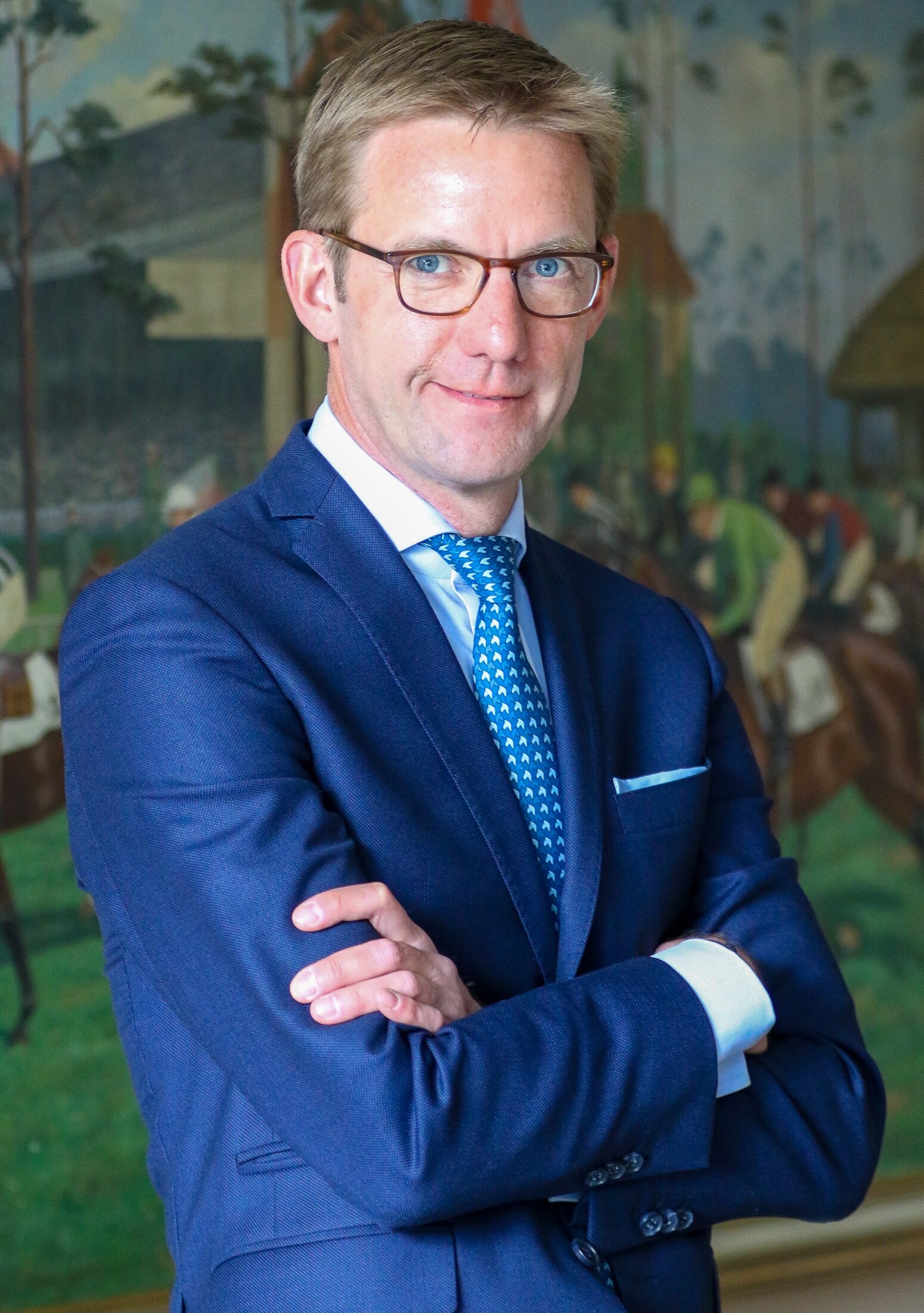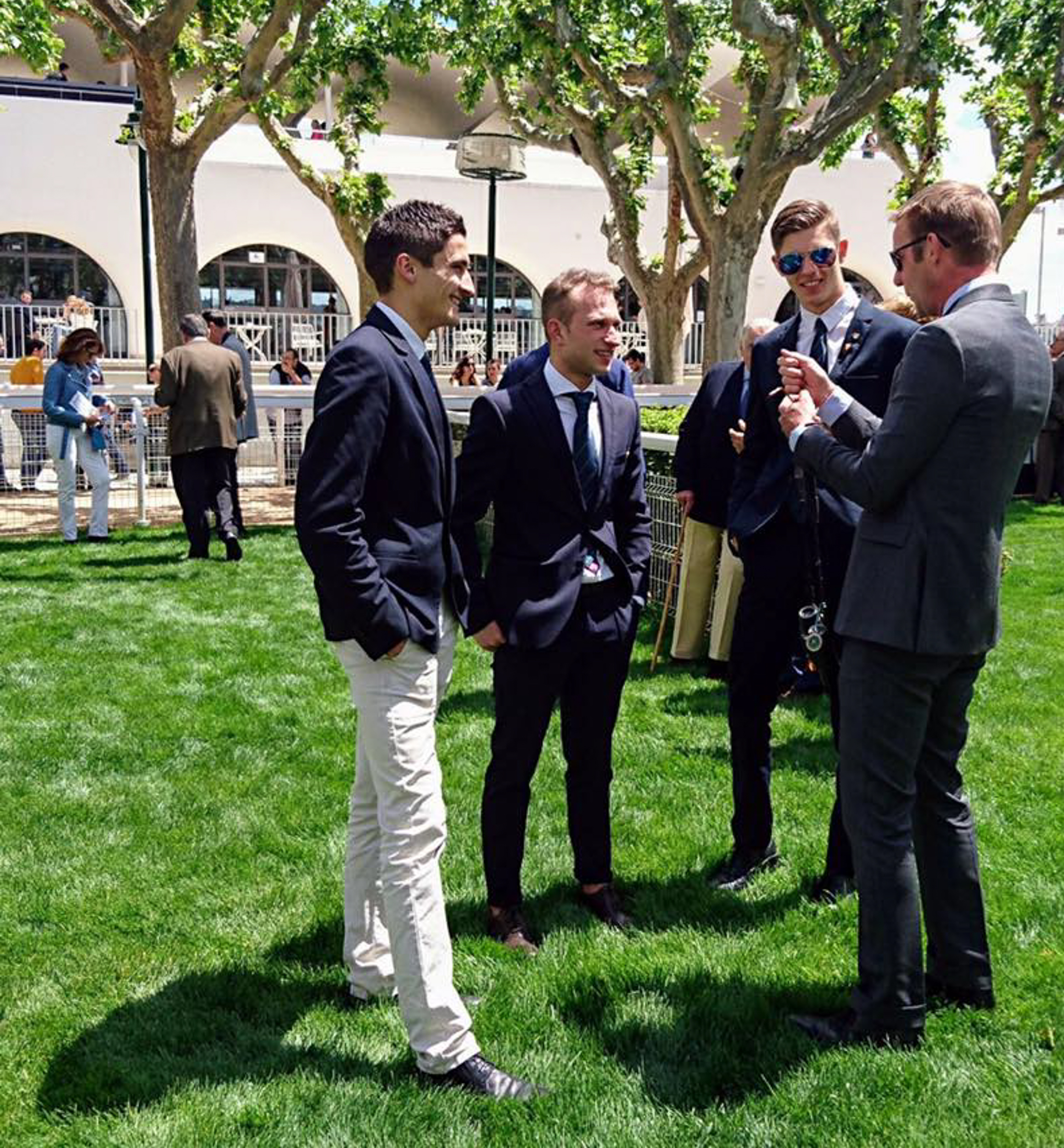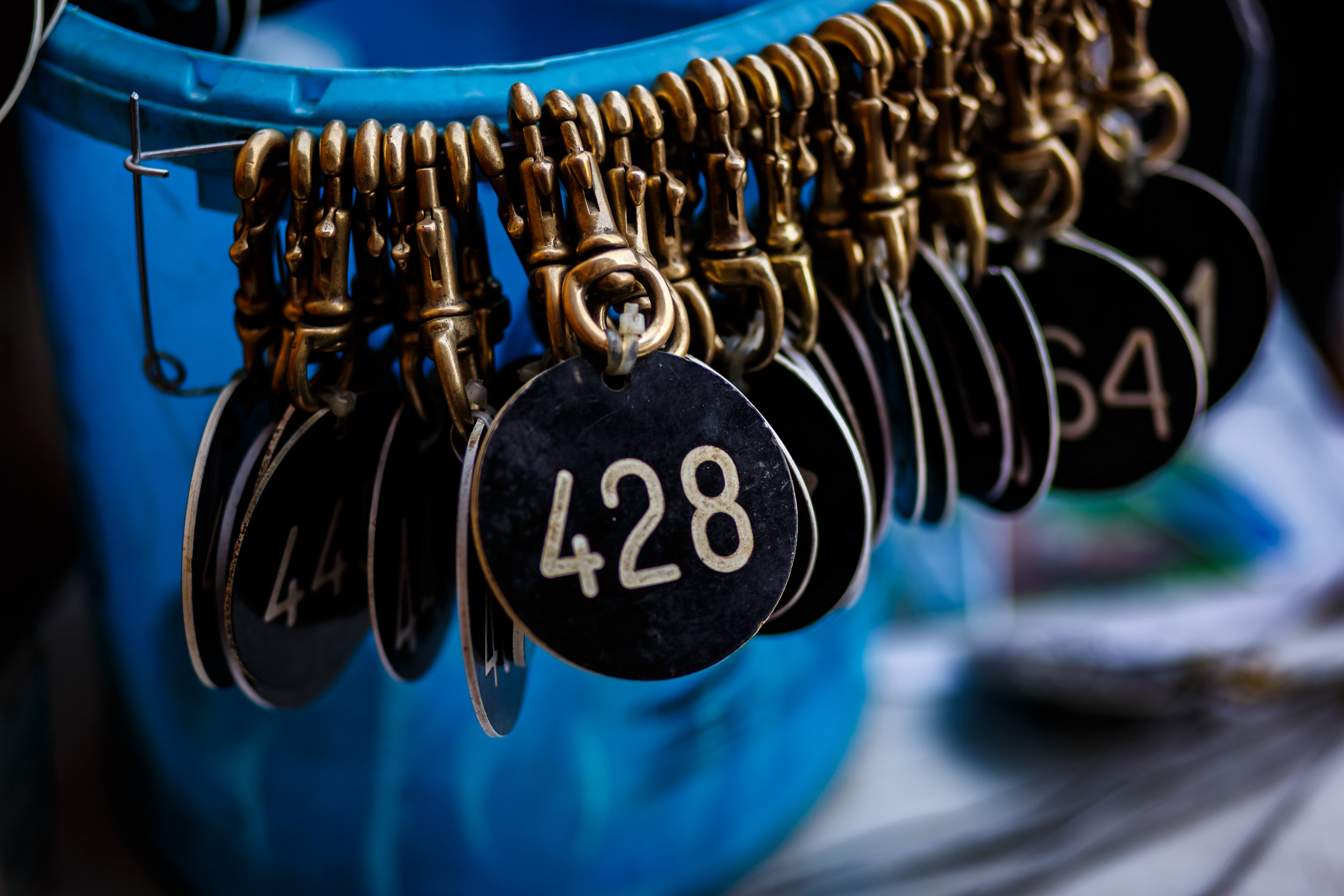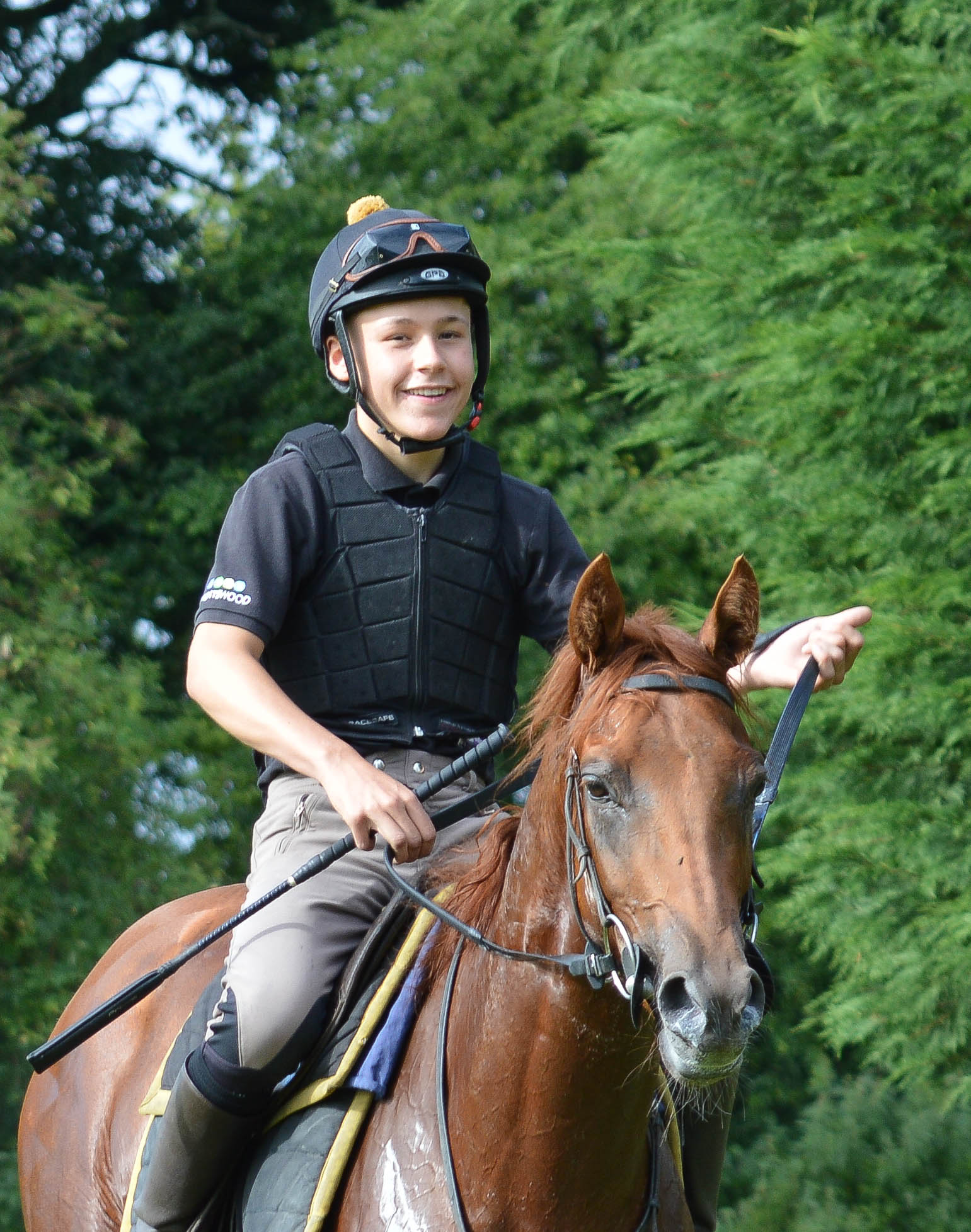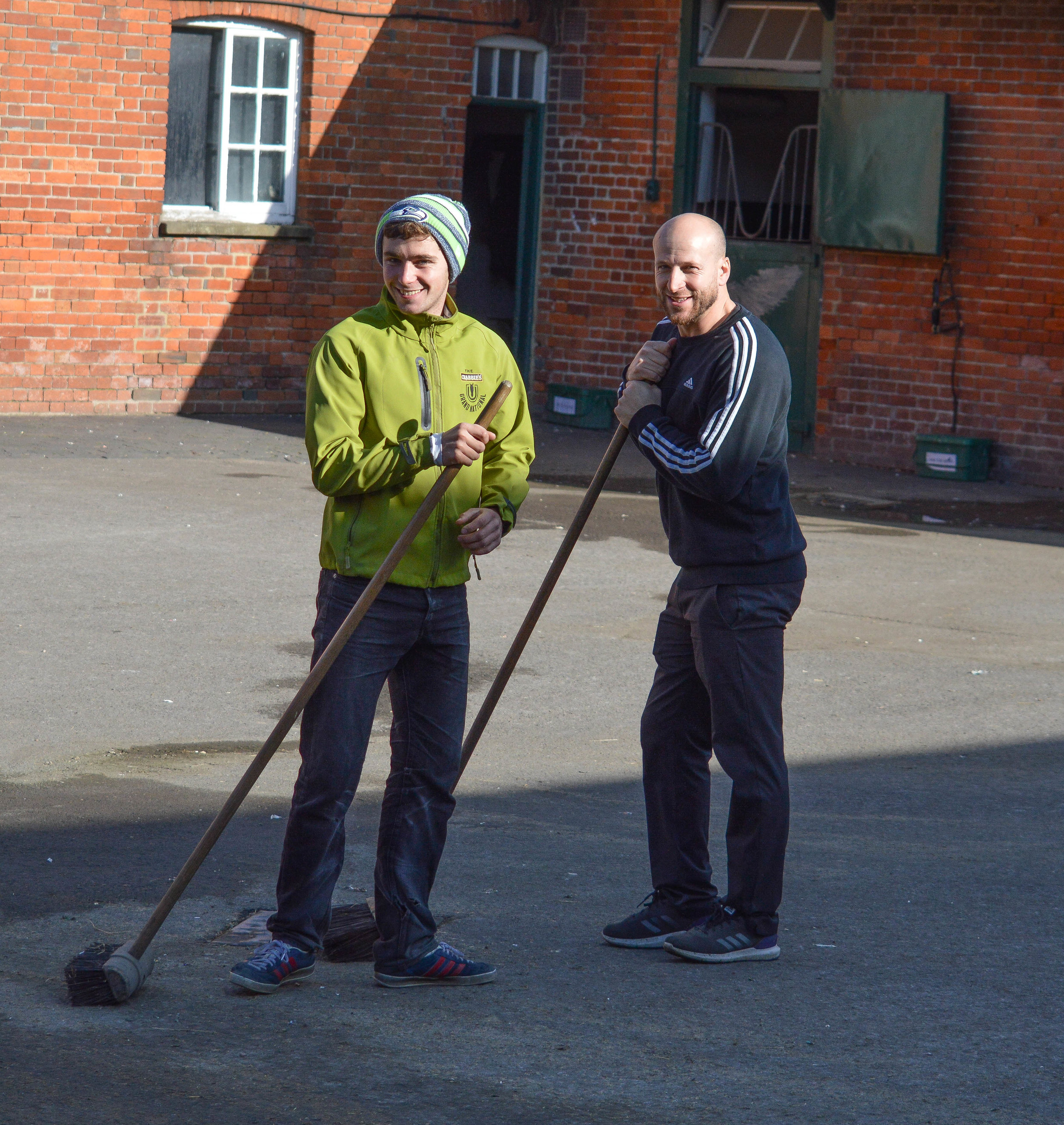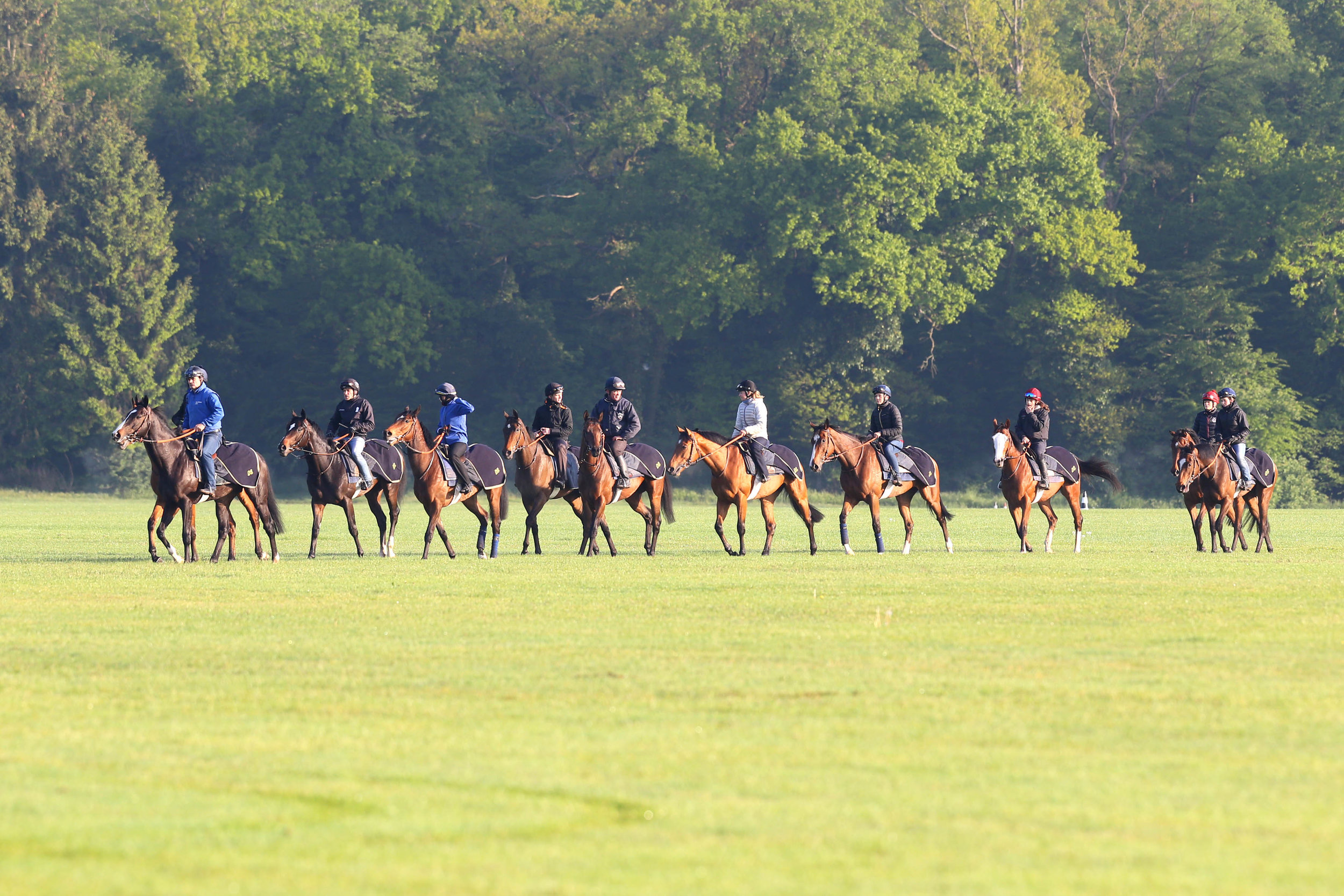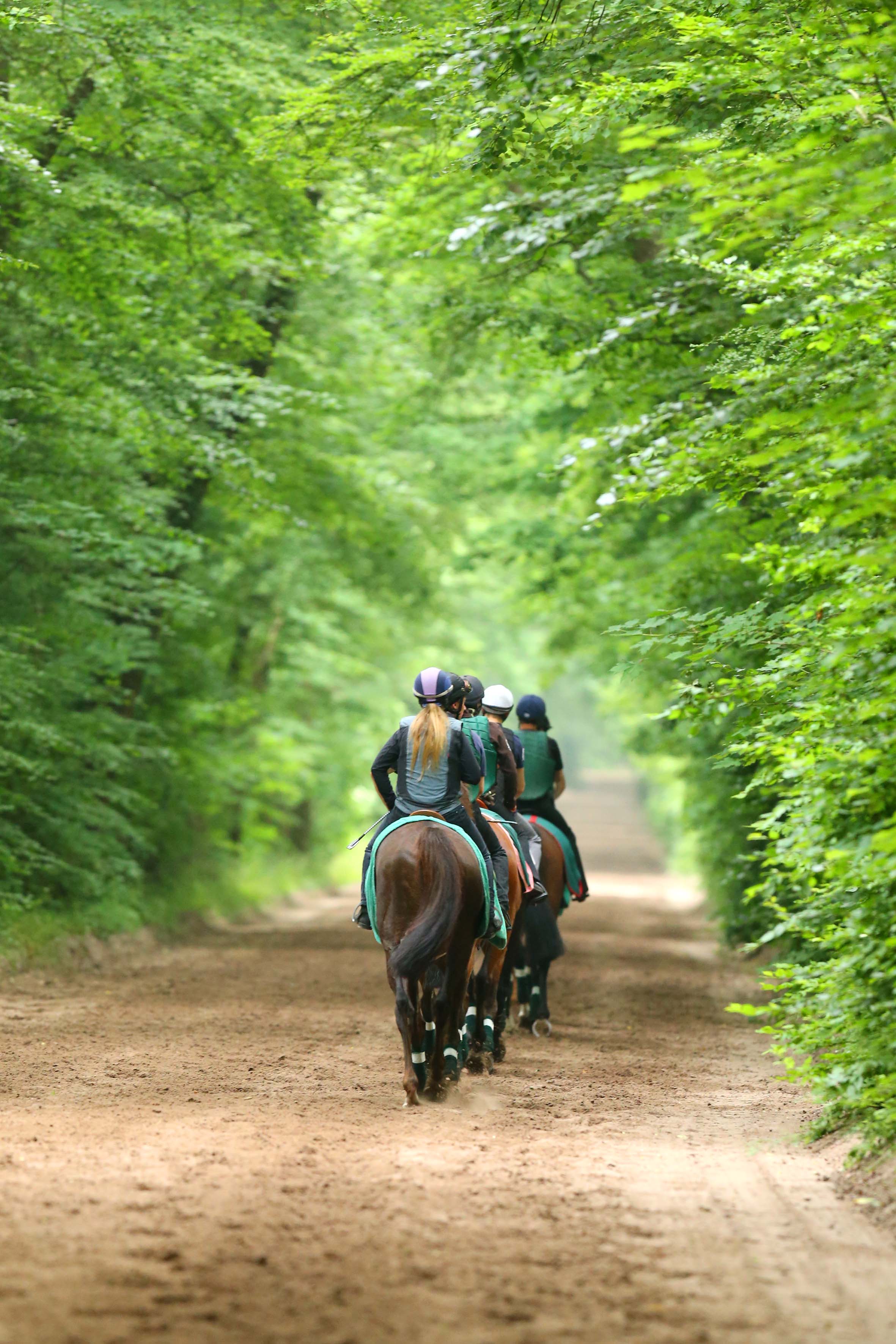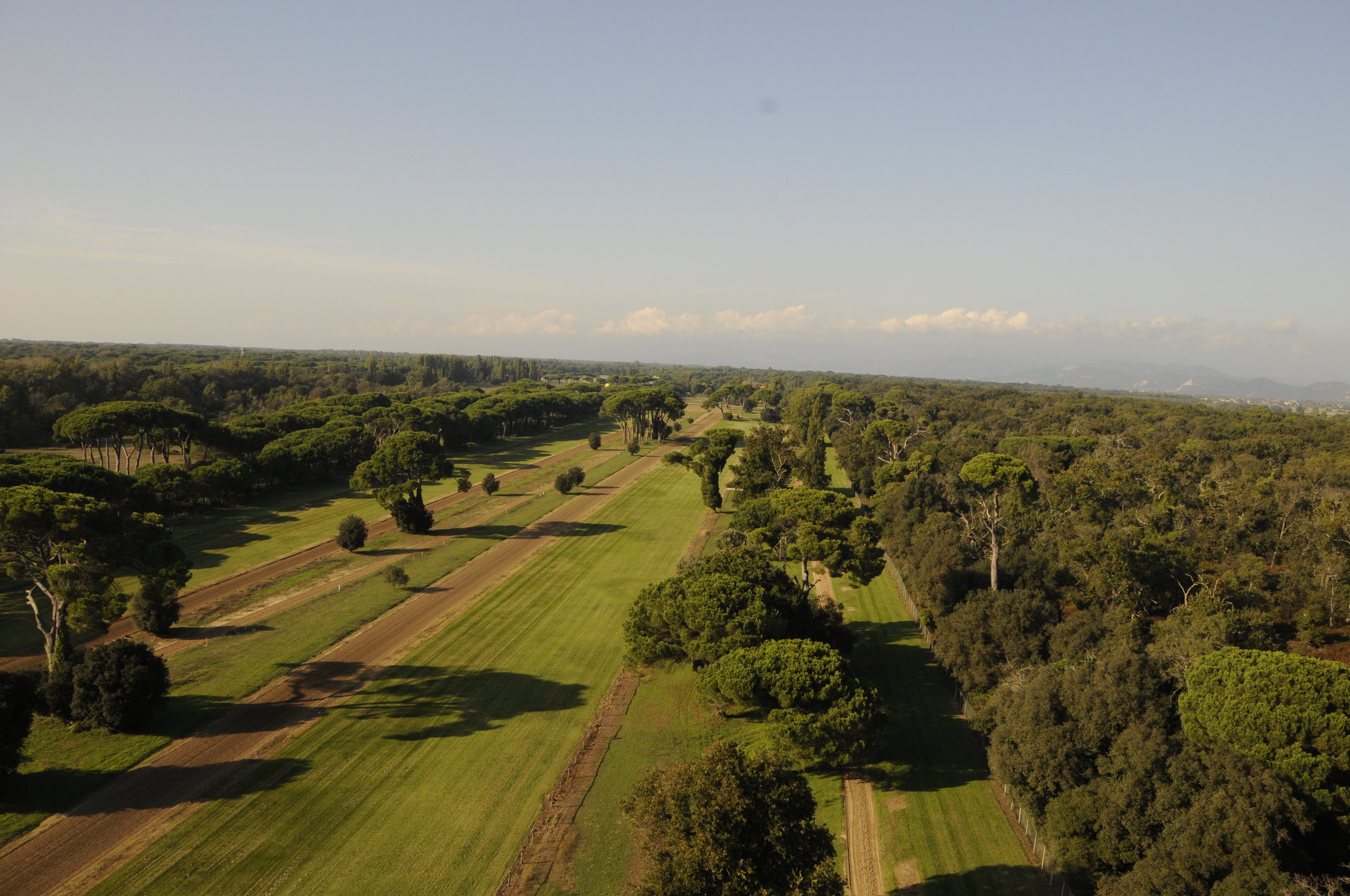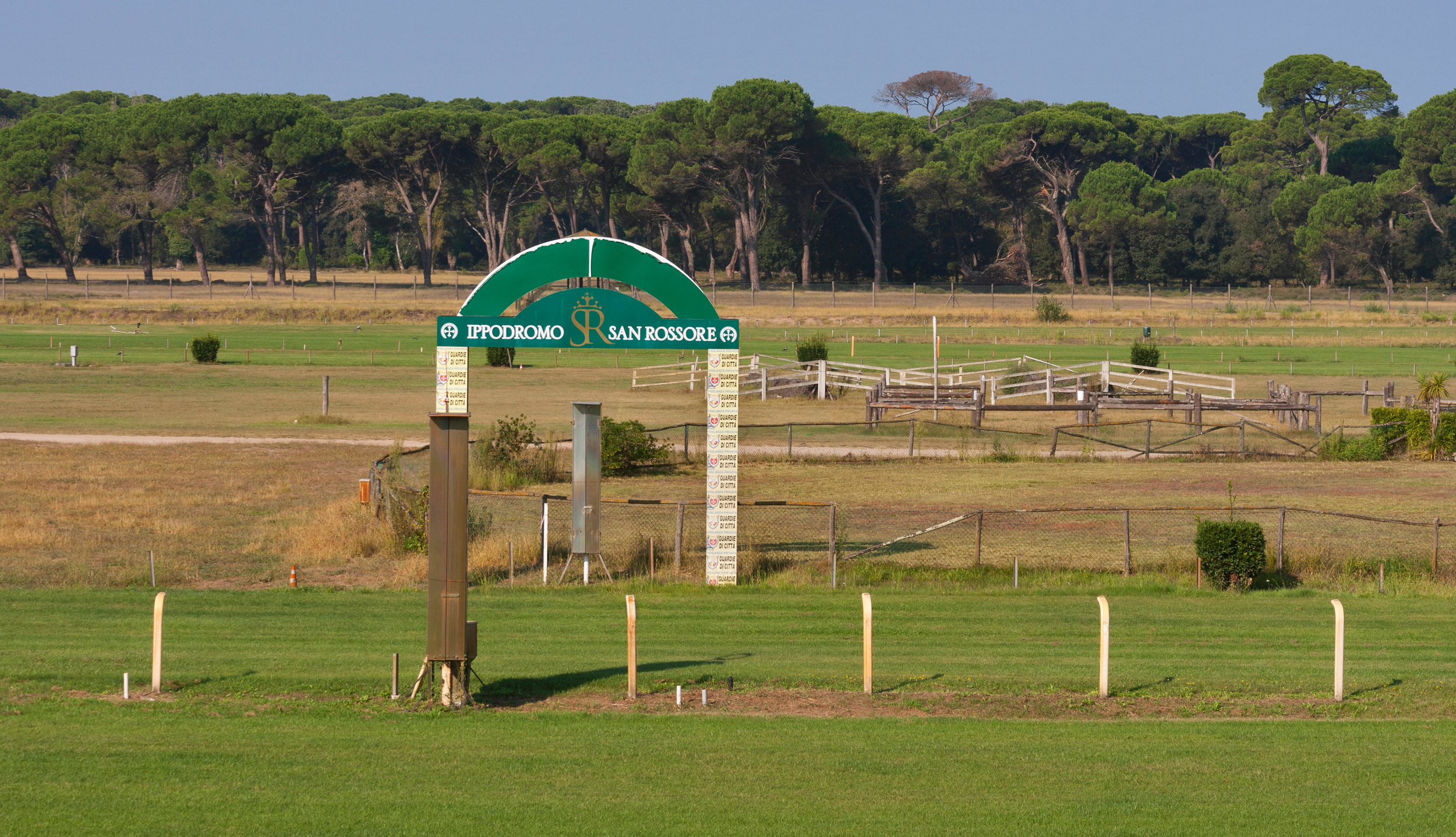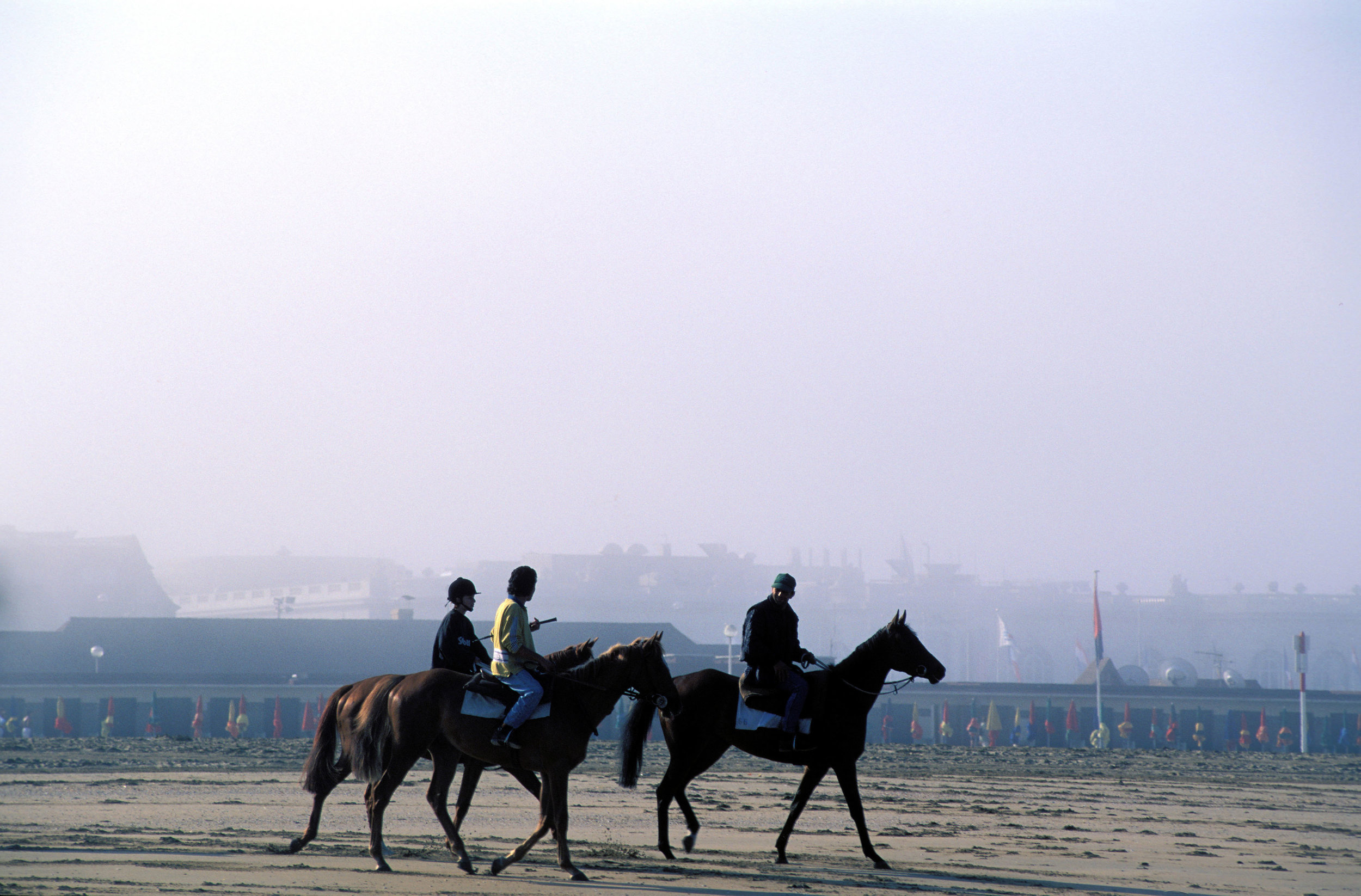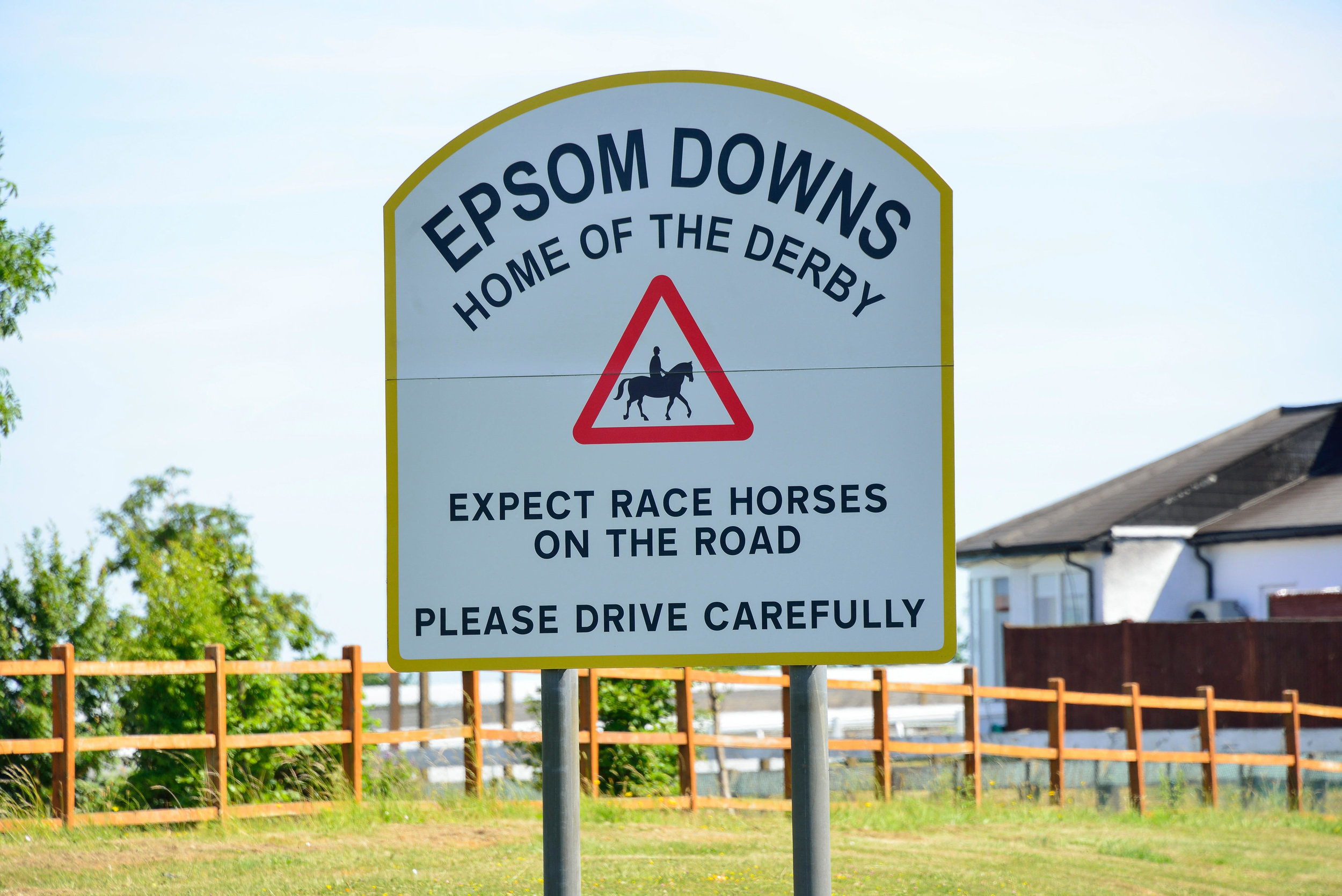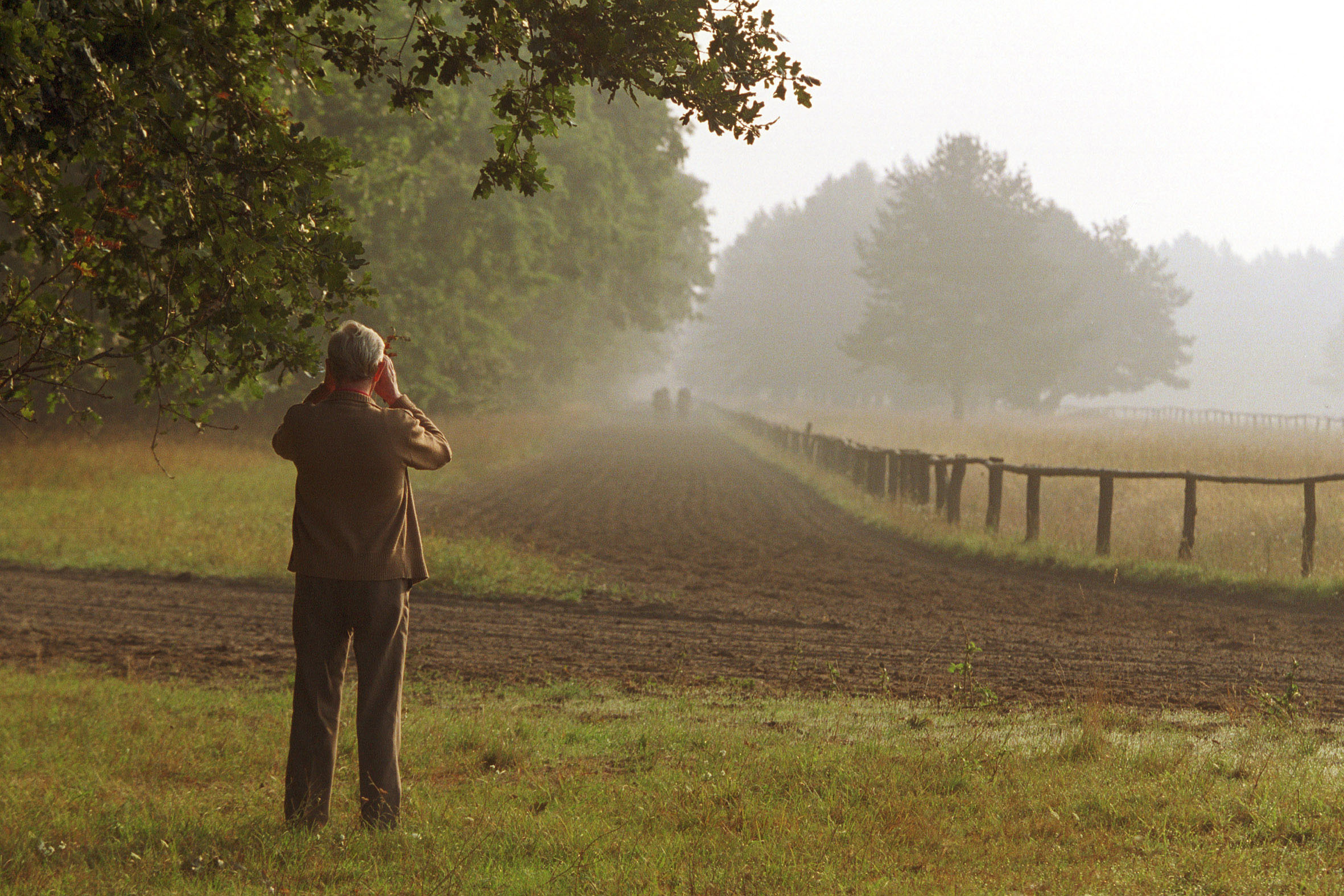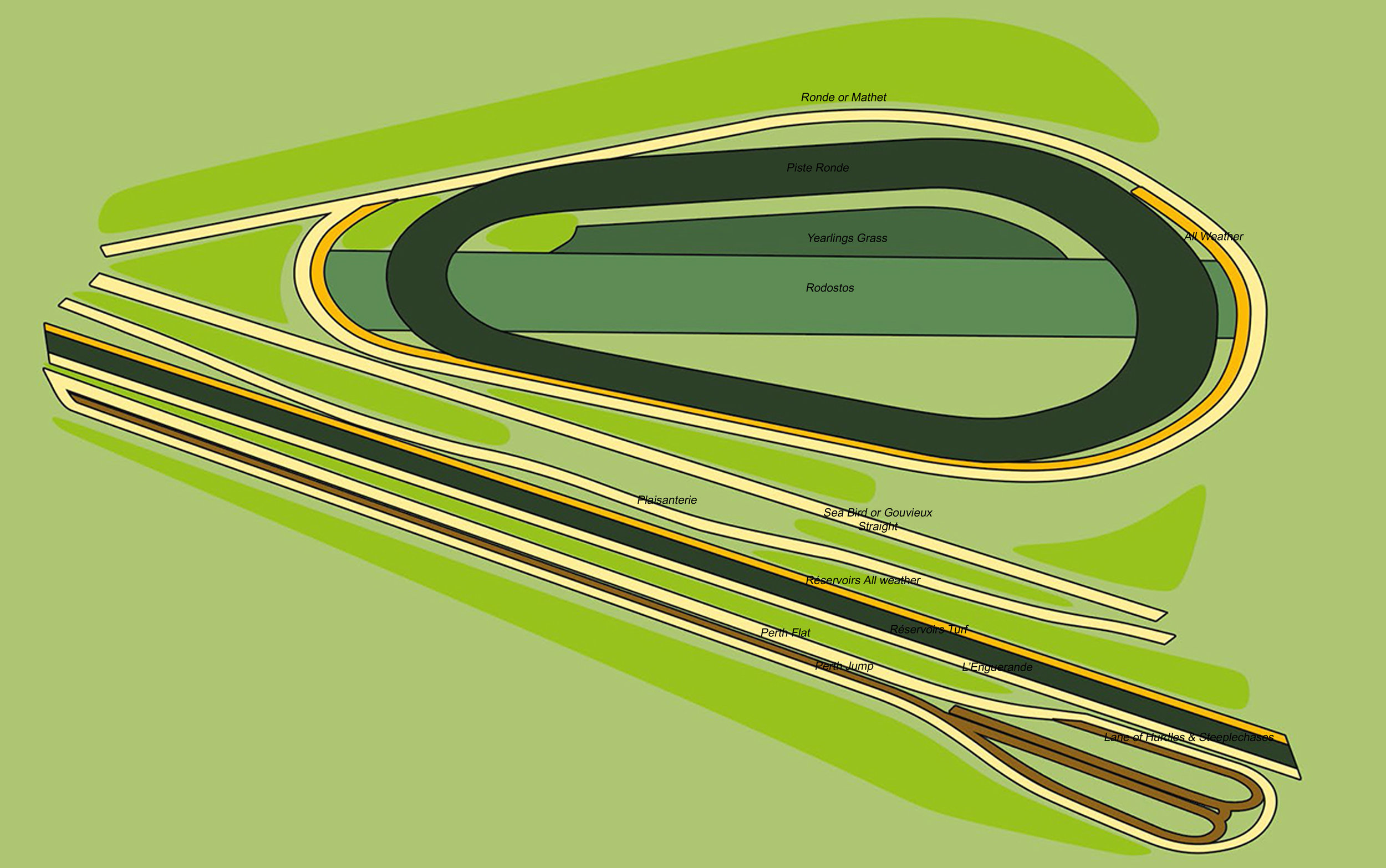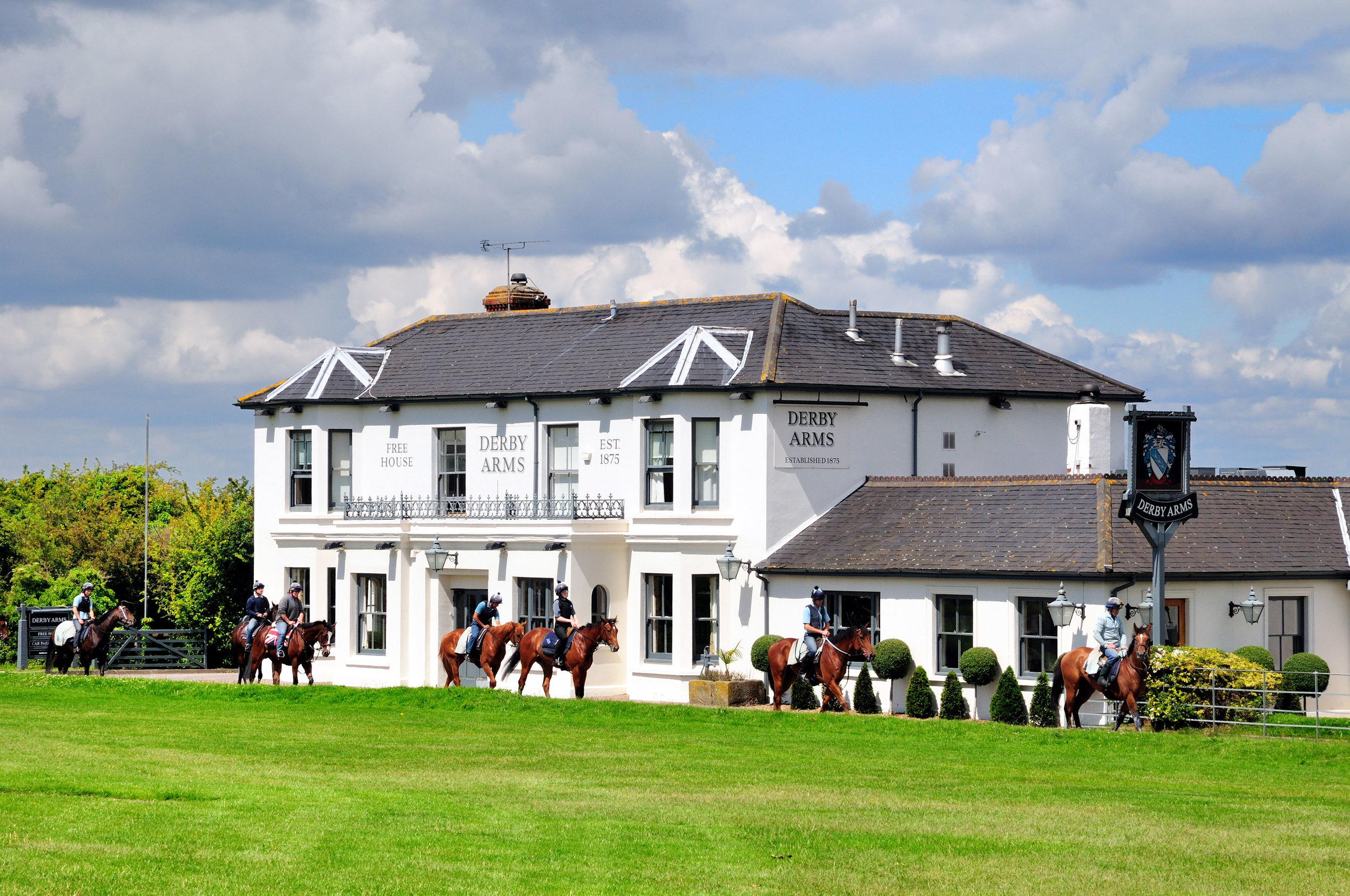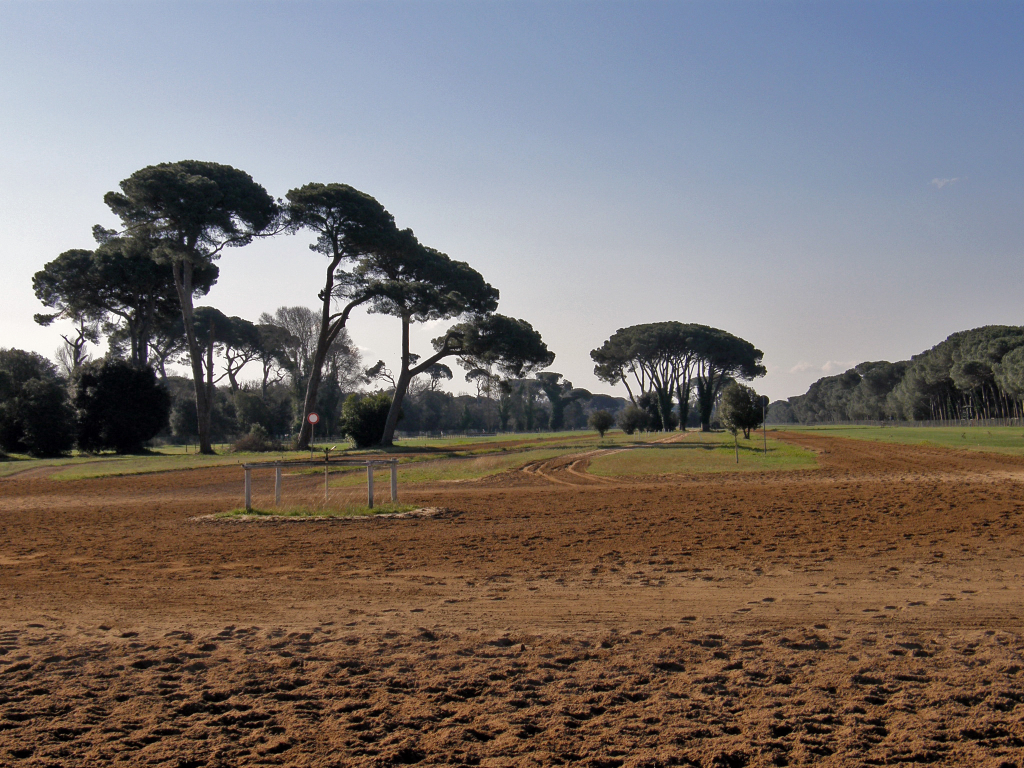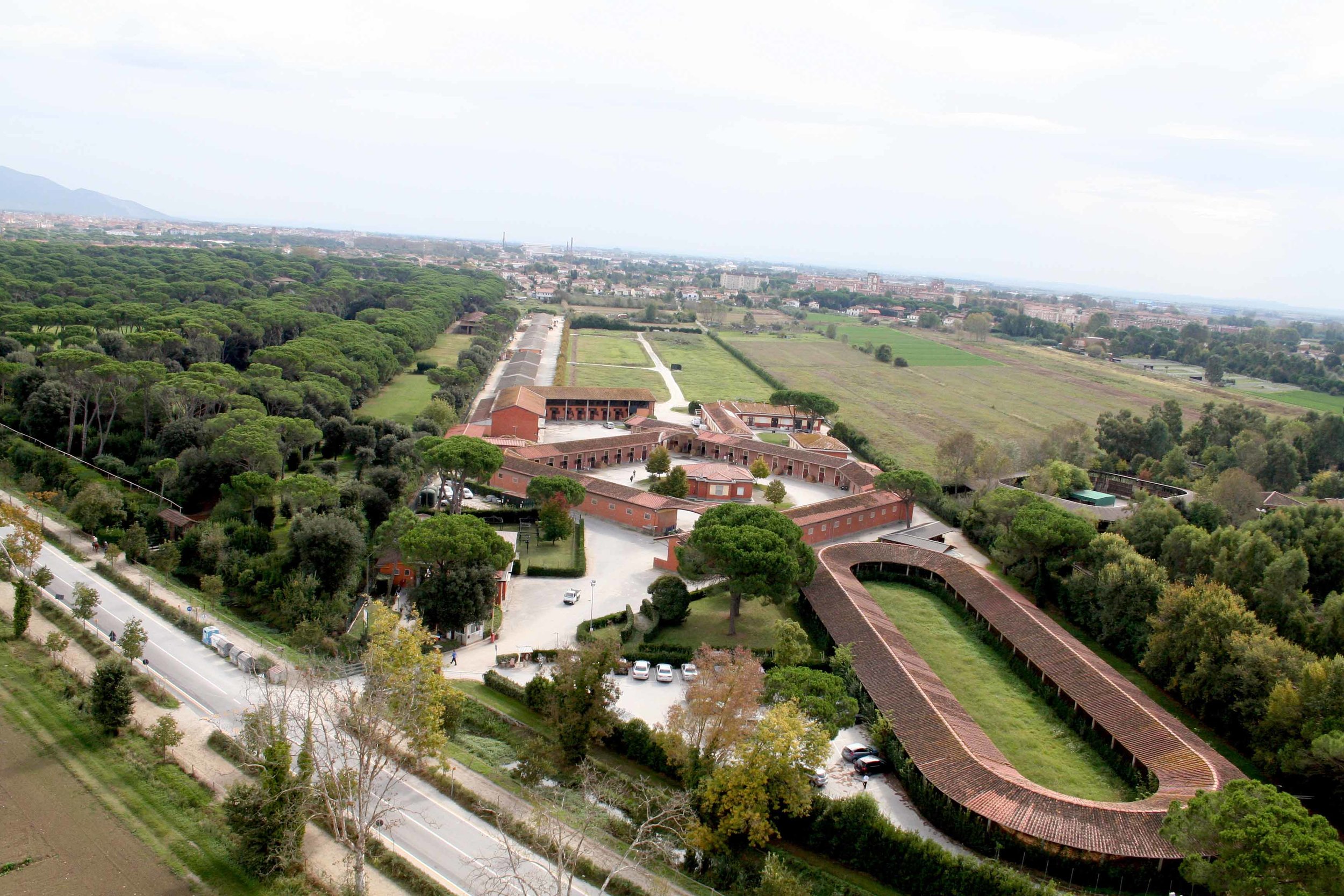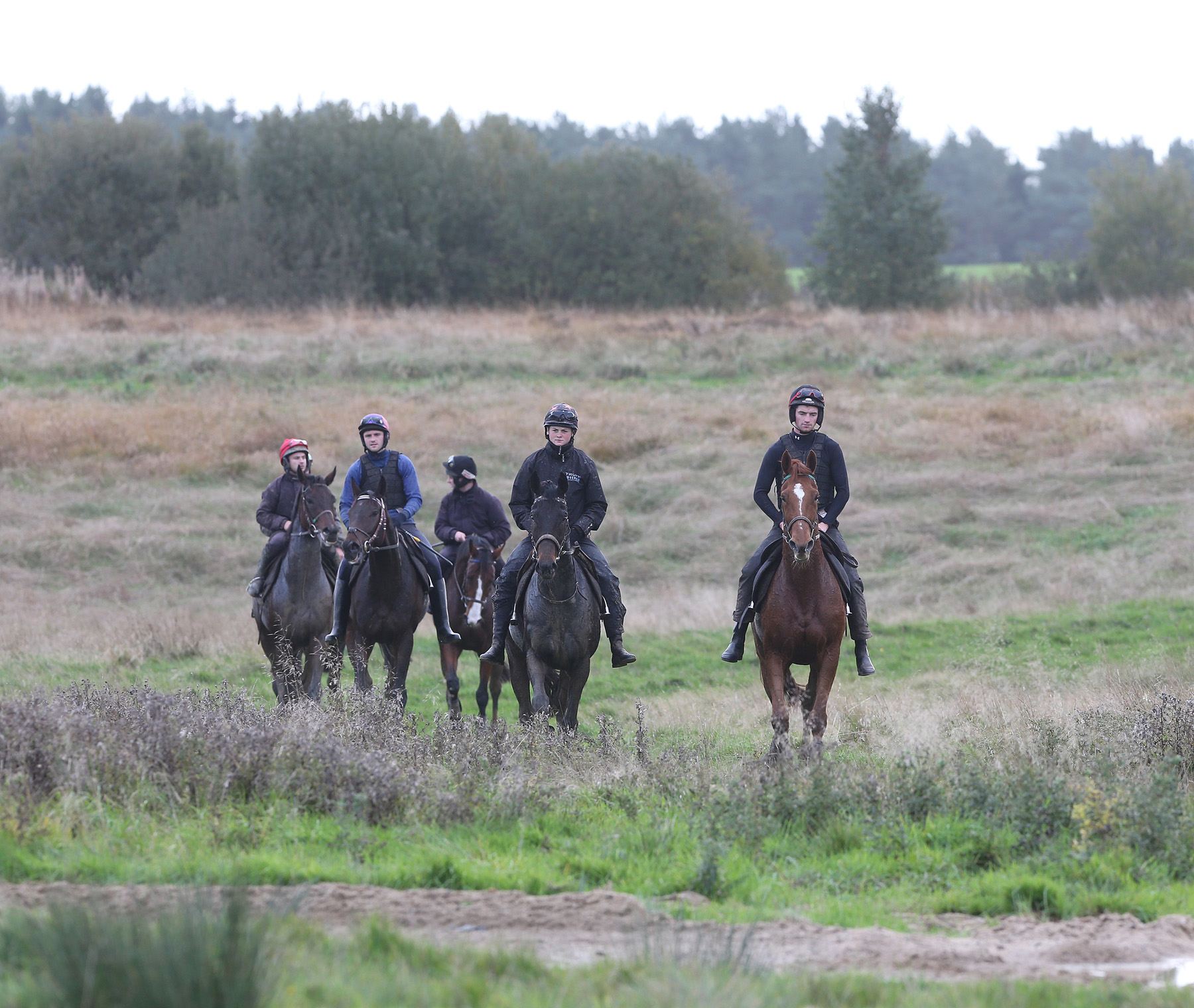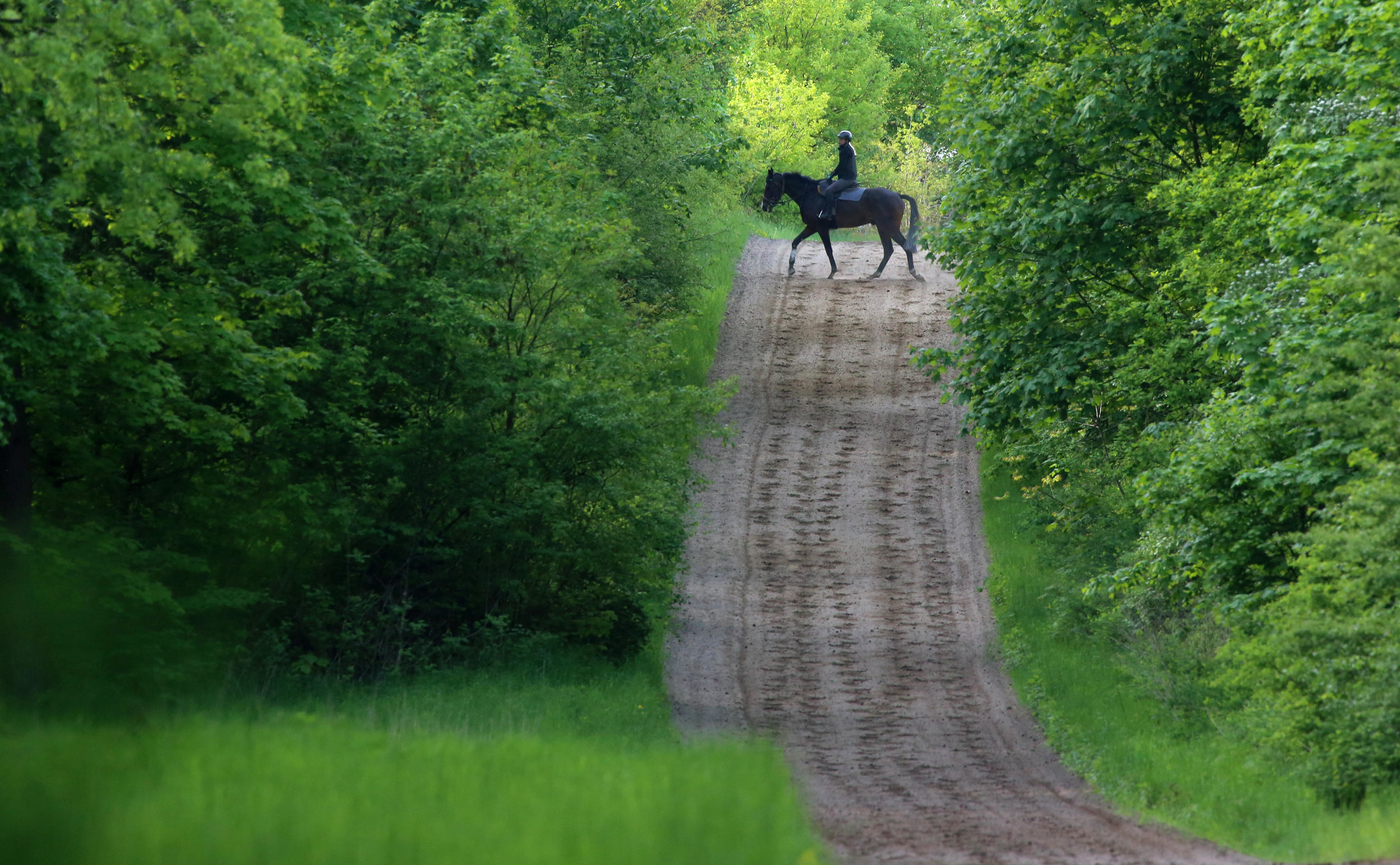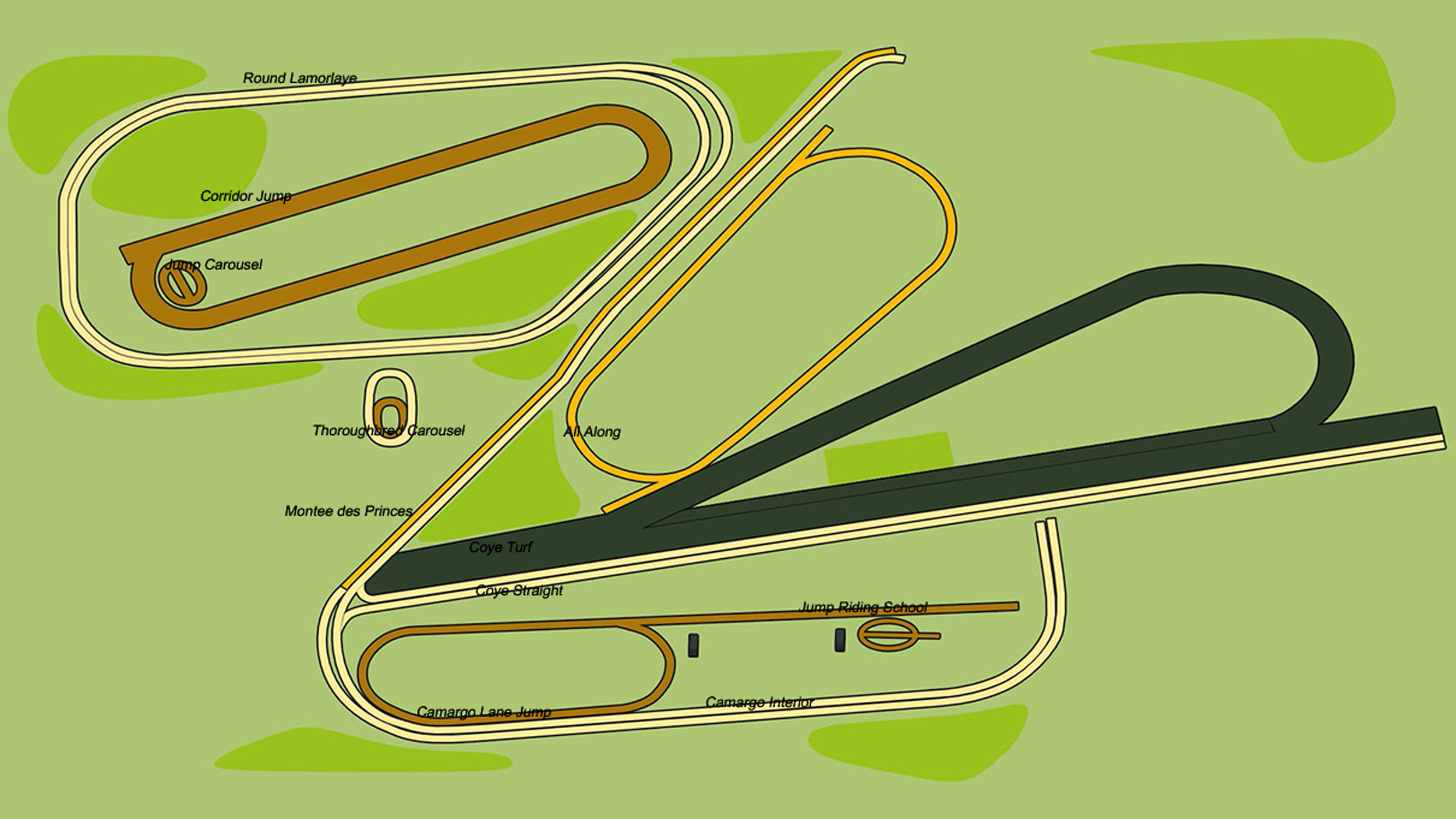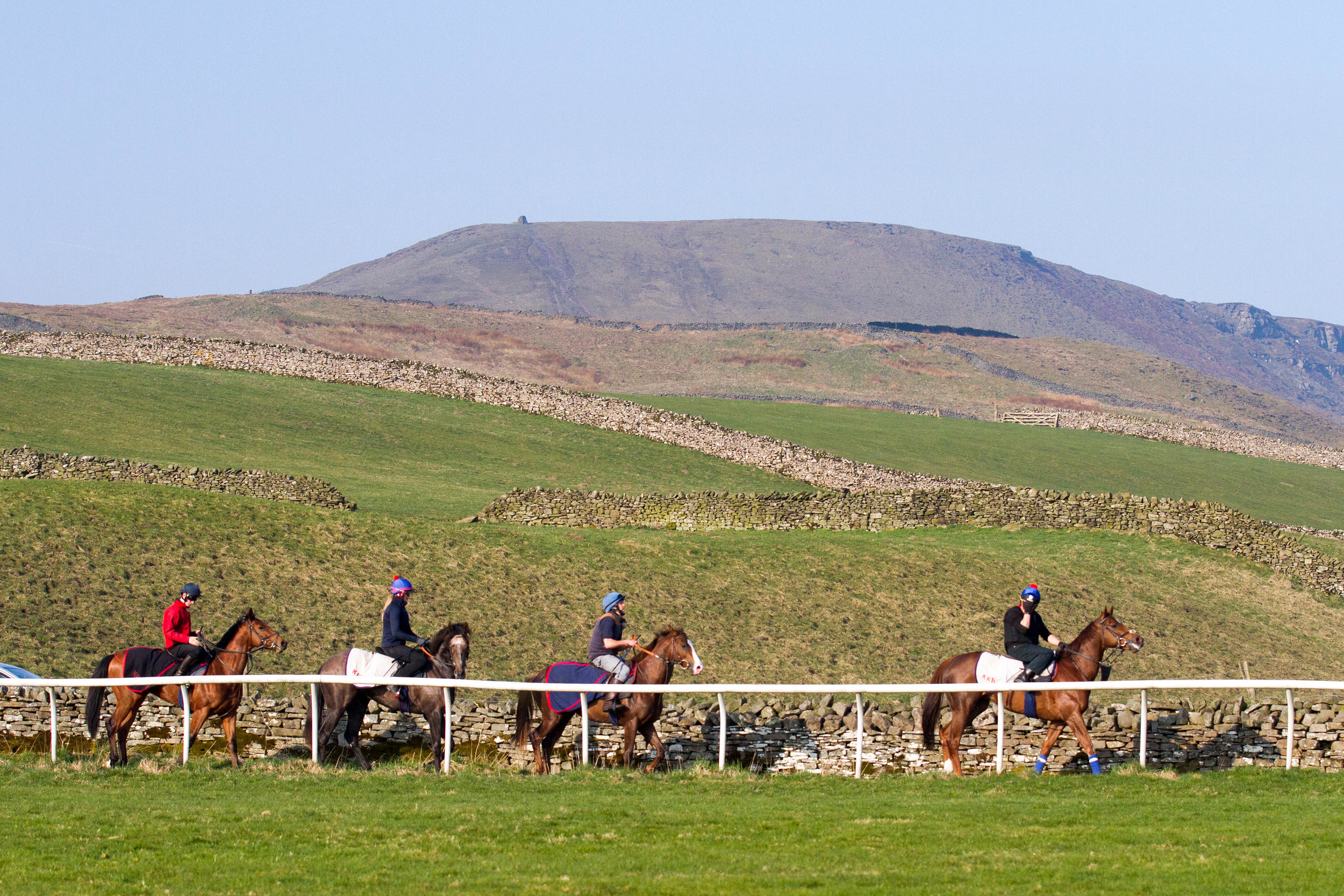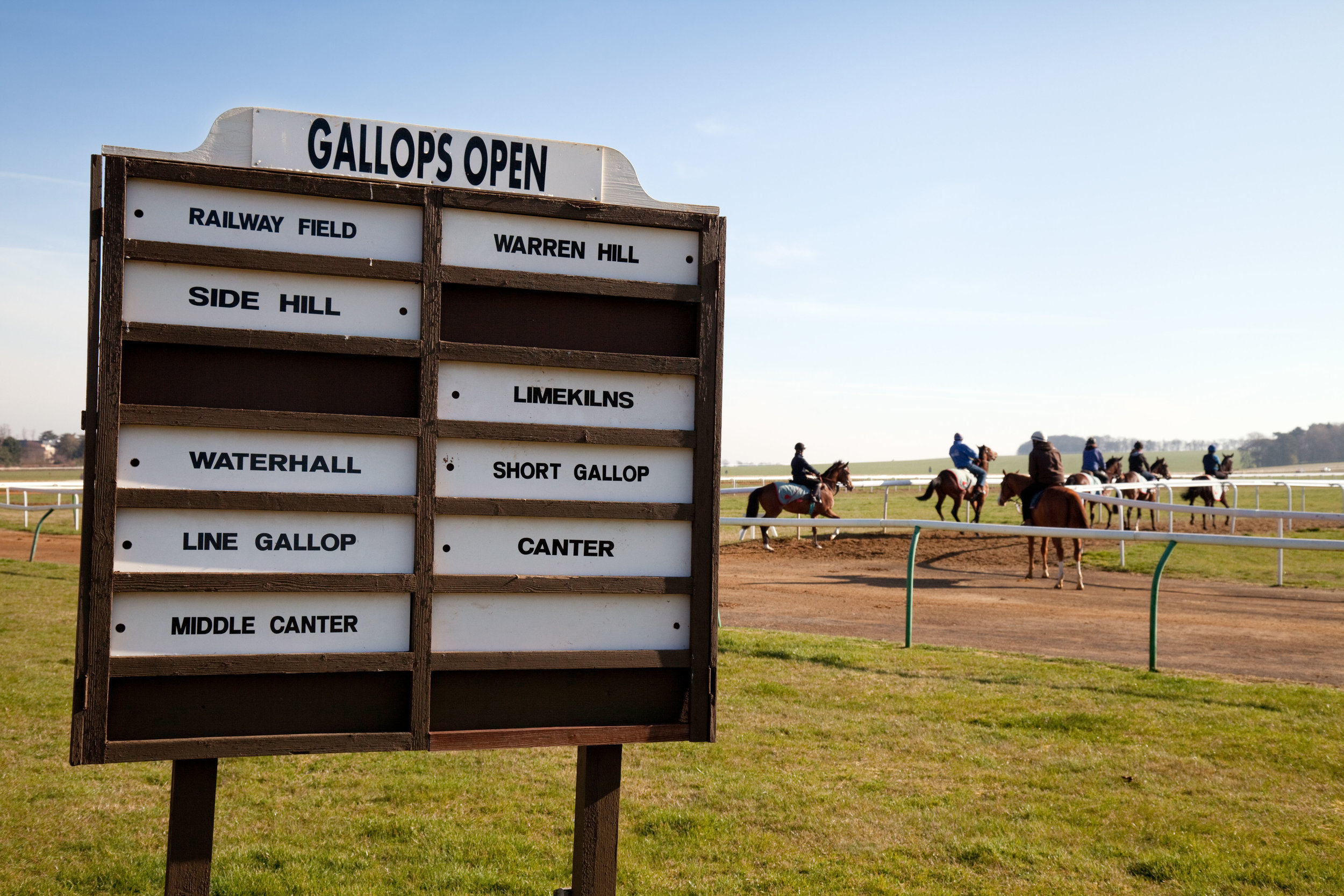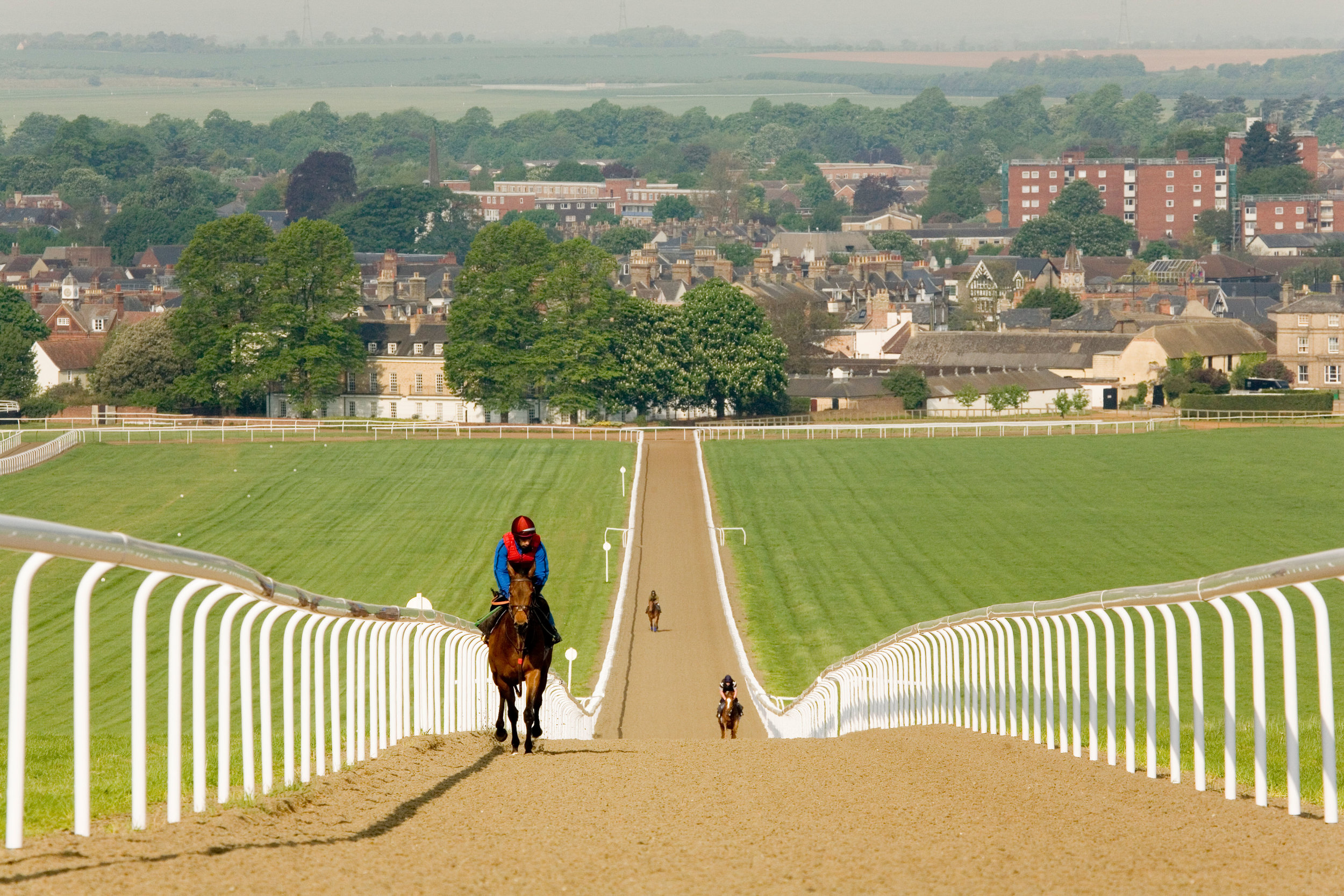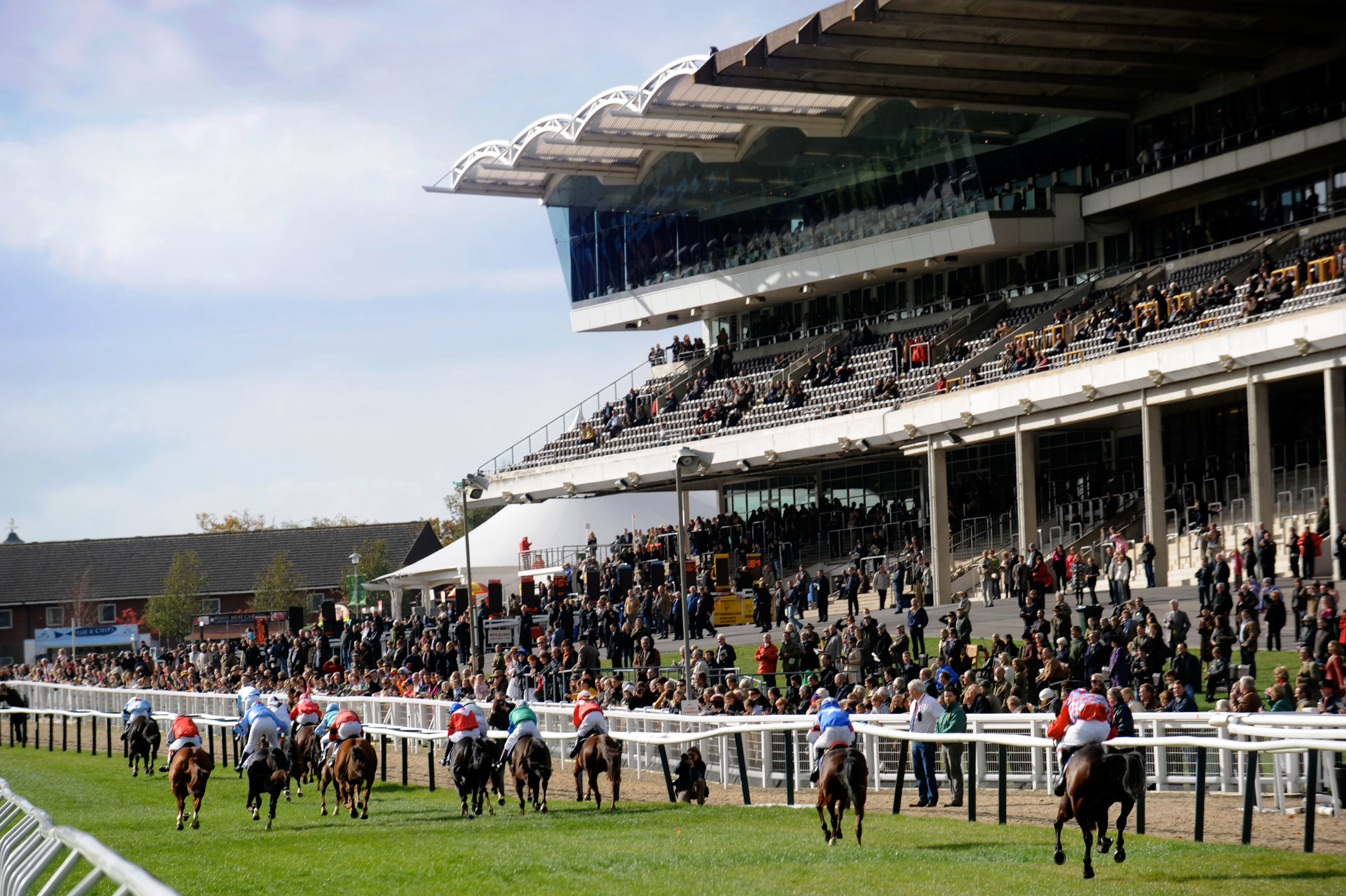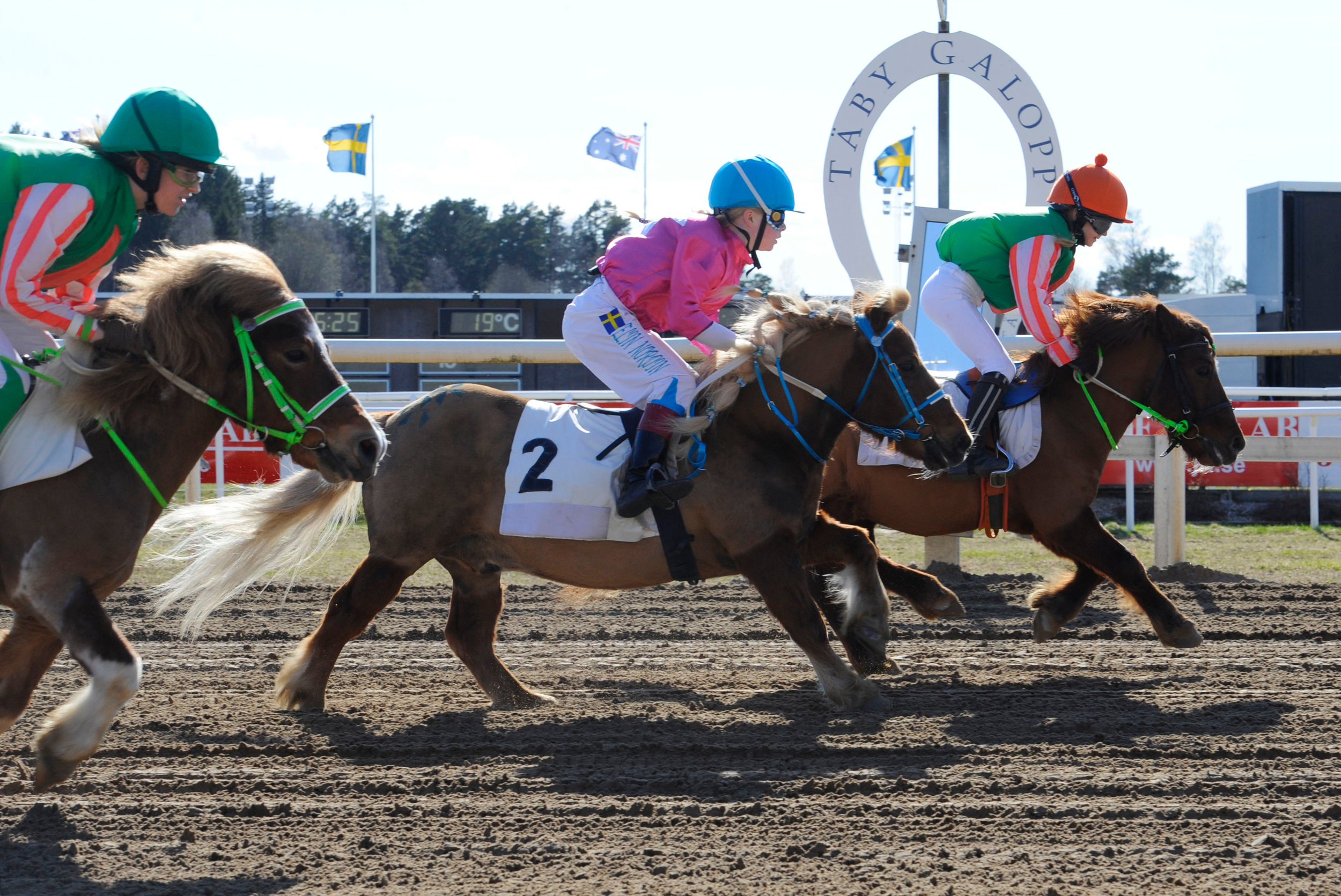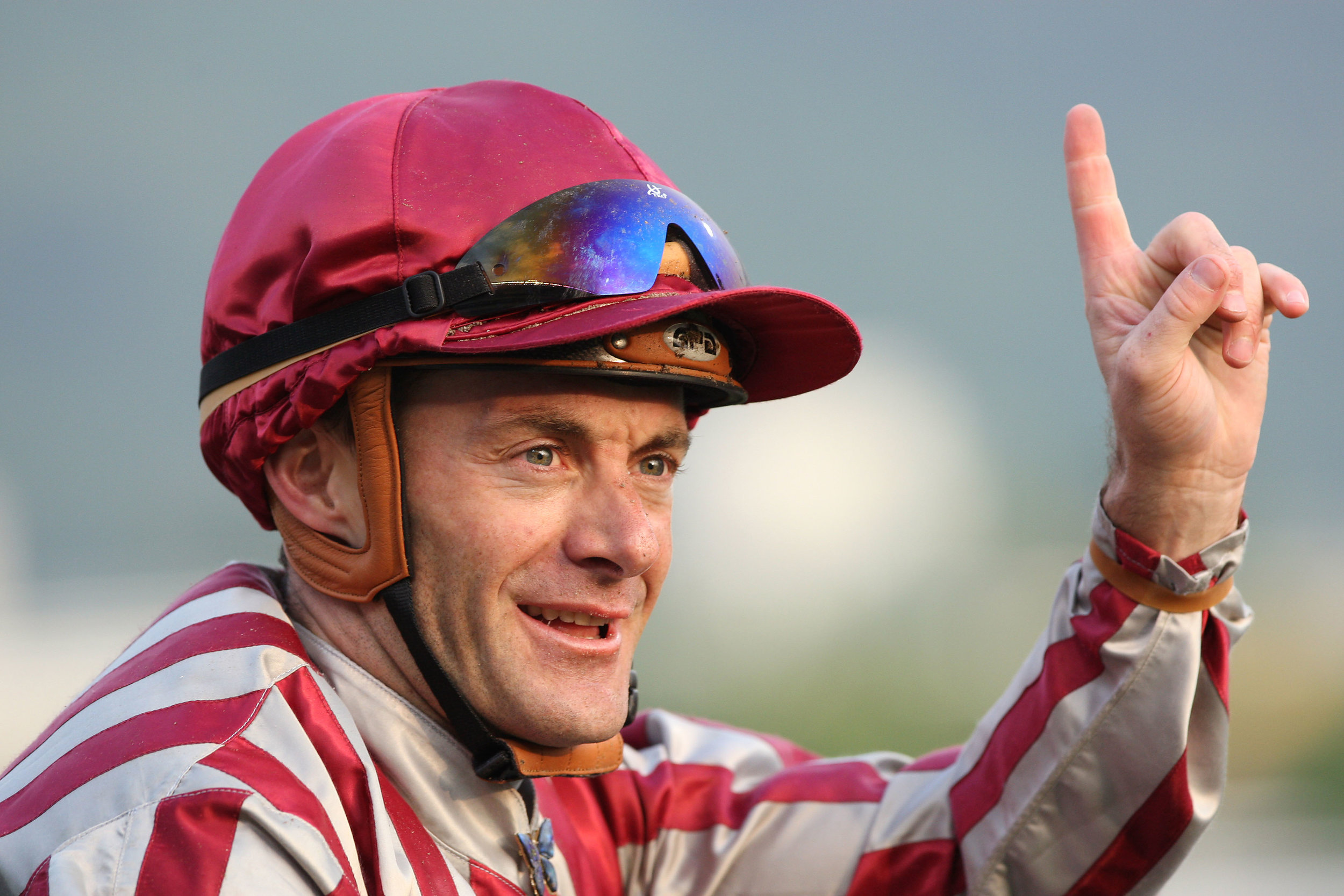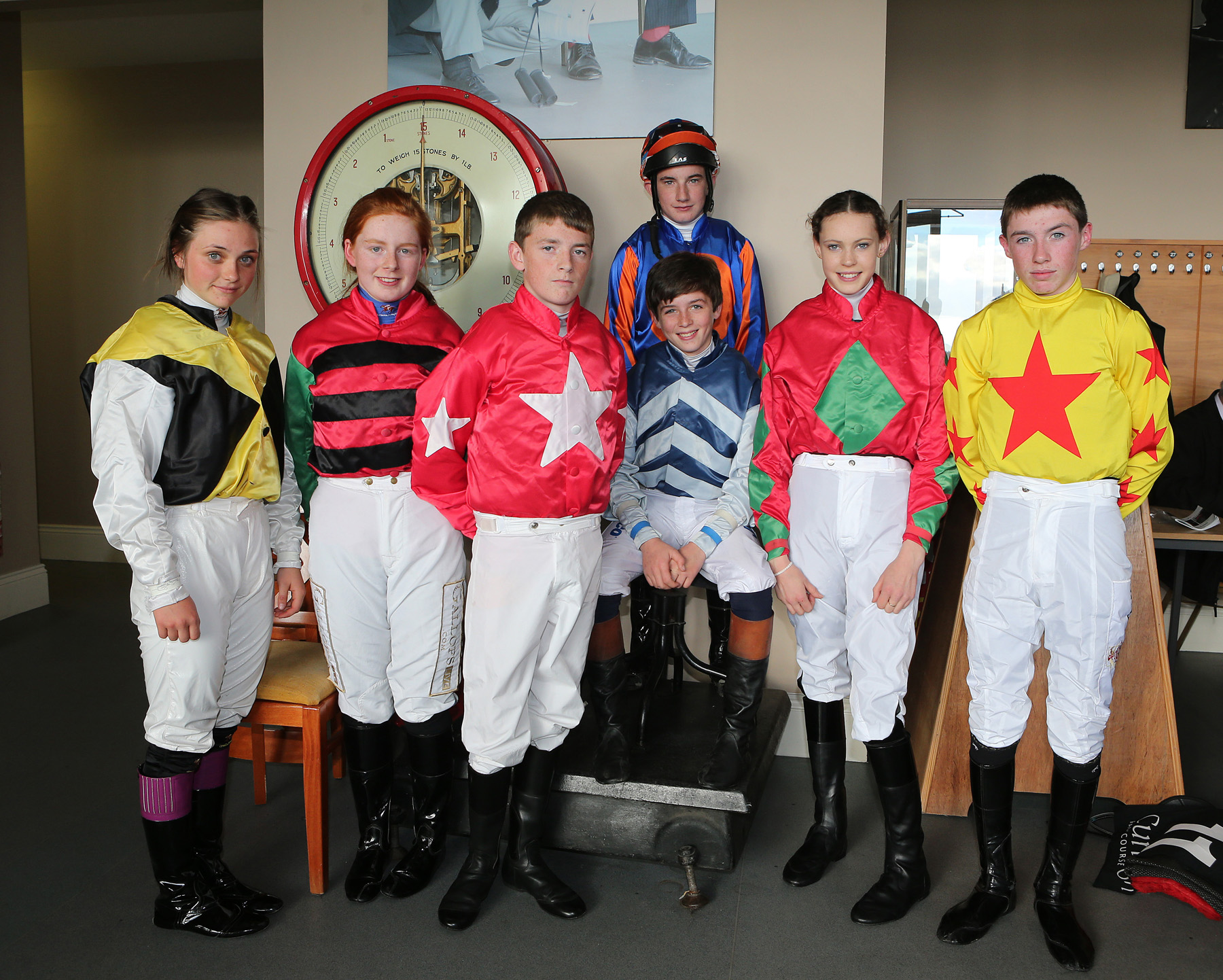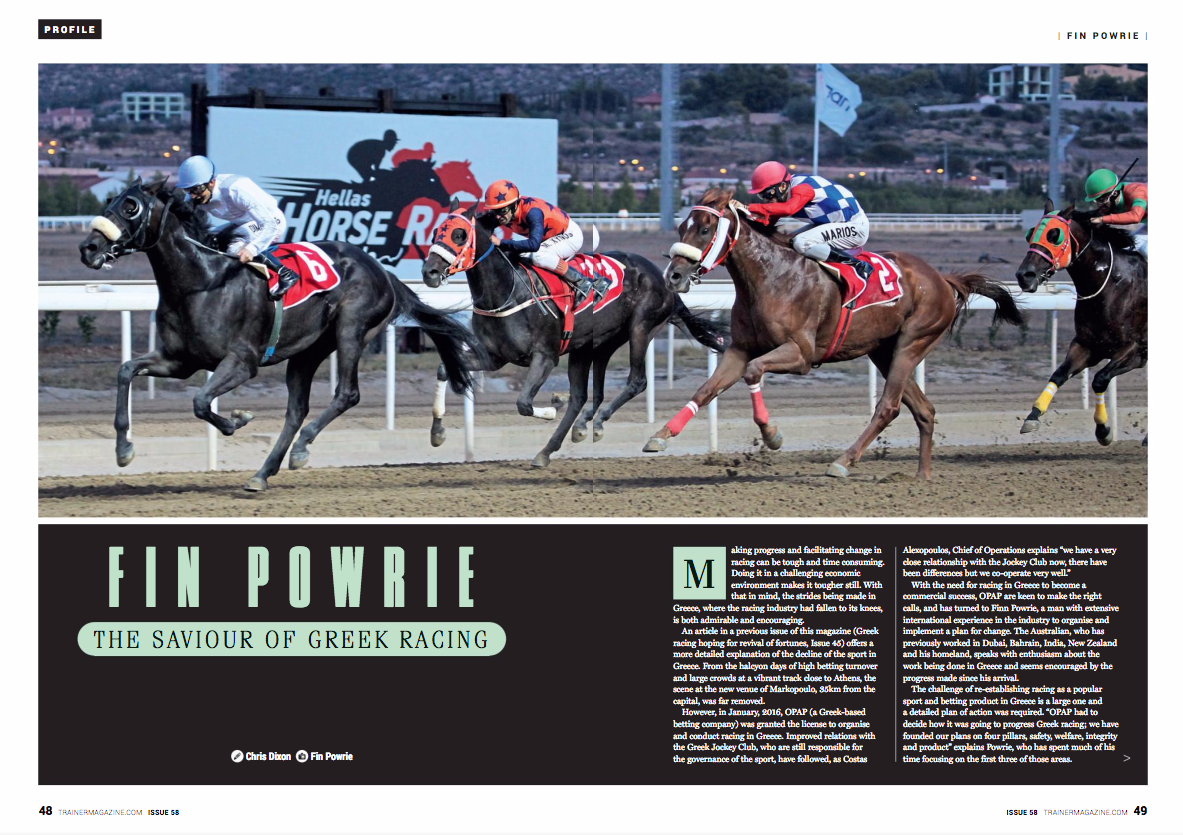Stable Staff: How do European governments classify and enforce racing's workforce?
/By Lissa Oliver
Just over a year ago, in February 2017, the Workplace Relations Commission (WRC) served four Compliance Notices on Ballydoyle, the training establishment owned by Coolmore. Irish trainers held their breath as the result of an appeal by Ballydoyle was anxiously awaited. That appeal was rejected in January of this year and will result in major repercussions for the industry.
The WRC was established in October 2015 under the Workplace Relations Act 2015 and replaced the National Employment Rights Authority, the Labour Relations Commission, and the Director of the Equality Tribunal. During an inspection of Ballydoyle in May 2016, WRC inspectors identified breaches of the Organisation of Working Time Act, involving failure to provide sufficient breaks and rest periods for five grooms and exercise riders.
This situation arose from what many would argue to be the unnecessary February 2015 Irish Amendment of the 1976 Industrial Relations Act, which was amended to exclude the rearing and training of racehorses from being recognised as agricultural labour. Interestingly, stud farms and their staff are not affected by this ruling, as horse breeding is still considered to be an agricultural activity.
The amendment made was not required by European law, but individual nation states are free to make such exemptions within their own legal system as they deem necessary. Therefore, since February 2015, Irish racehorse training yards do not qualify for the same working hours exemptions that have been agreed in agricultural workplaces, as defined by industrial relations law.
The 2015 Amendment was not widely publicised and escaped the attention of most trainers, but the WRC targets two industries each year for inspections, and the equine industry was among those specifically targeted for 2017, with around 60 inspections carried out.
Why Ireland’s racing staff are not agricultural workers...



